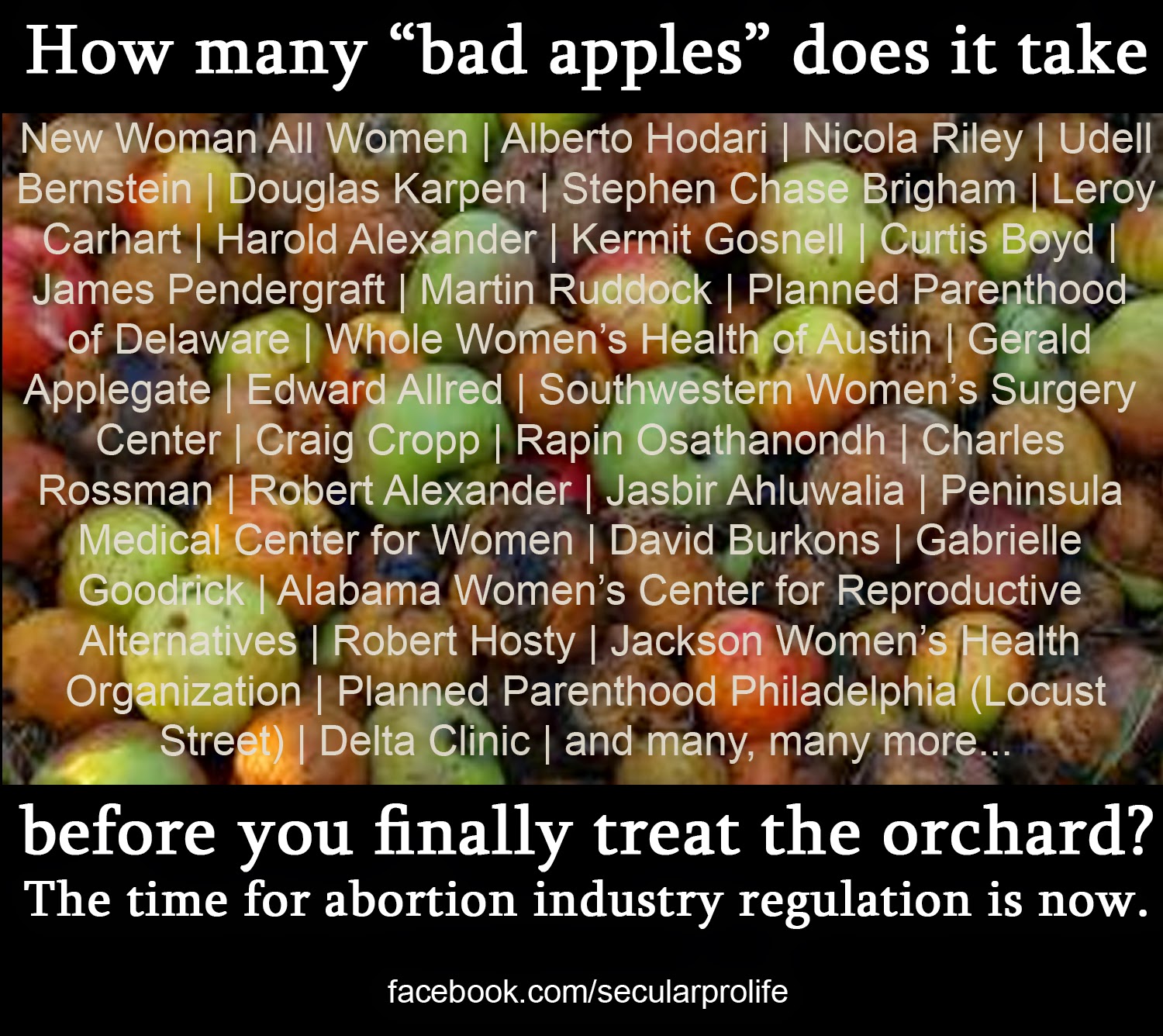Why Abortion Regulation Matters
[Today’s guest post is by Maria Tsikalas.]
News organizations from Al Jazeera America to the Milwaukee Journal Sentinel were in full force last week lamenting current and pending legislation in Louisiana, Wisconsin and other states that would require admitting privileges at nearby hospitals for abortion providers.
The New York Times said:
The requirement that doctors have admitting privileges has emerged as a new tactic of the anti-abortion movement, which says it is intended to protect women’s health. But major medical groups have said that the rule has no bearing on safety since, in the rare cases of emergency, hospitals will accept and treat women experiencing complications from abortion regardless.
The Times declined to raise any specific cases whatsoever where admitting privileges for abortion clinics might have actually saved women’s lives. Allow me.
Maria Santiago went into cardiac arrest and died in February 2013 in a Baltimore clinic following her abortion. The staff at the facility did not provide correct post-anesthesia care and observation. No one at the clinic, including the abortion provider, had current CPR certification, and the defibrillator in the clinic was broken. The Maryland Office of Health Care Quality determined that the facility “was not equipped to complete a procedure safely [and] failed to implement a safe discharge plan for the patient. … The Respondent practiced in an environment in which unlicensed/untrained office staff were allowed to perform ultrasounds, evaluate fetal gestational age, and provide medications to patients to promote abortions.”
In that same month, in the same state, Jennifer Morbelli died following her abortion at Germantown Reproductive Health Services. The fly-by-night abortionist responsible for her procedure, Leroy Carhart, had left the clinic immediately following her visit. In the hours following, Morbelli’s family tried to reach him for emergency instructions to no avail. They then took her to a nearby hospital, where emergency room staff also tried to contact Carhart and the clinic staff without success, leaving “hospital physicians in the dark about her condition and prior medical treatment, causing a delay in providing the care she needed,” according to Operation Rescue. The Maryland Department of Health and Mental Hygiene found in their inspection following the incident that “the staff were not trained on the emergency transfer of a patient to the hospital from the facility,” nor did the facility have any policies in place to ensure such training.
Tonya Reaves hemorrhaged to death at a Planned Parenthood in Chicago in 2012. She underwent four abortion procedures in one day and bled internally for between 9 and 11 hours. The abortionist in question, Mandy Gittler, who has no certification from any organization in obstetrics and gynecology, initially blamed the incident on Reaves probably having a deformed uterus (despite the fact that Reaves had had an abortion at Planned Parenthood two years before with no complications). Gittler neglected to tell the hospital staff that she might have accidentally perforated the uterus during the abortion, which she admitted to having known as a possibility. Uterine perforation in two places turned out to be the cause of death. Following the abortion, Gittler never even looked at the autopsy report; she was apparently uninterested in what had happened under her watch and indifferent to ensuring that she did not repeat the fatal mistake.
In all of these cases, one can reasonably conclude that had abortion doctors been quicker to involve hospitals following complications, these three women might still be alive. Does that mean, then, that admitting privileges are the solution? Not necessarily. But it does indicate that more oversight and regulations of some form are certainly warranted. After all, as the grand jury report in the infamous Kermit Gosnell case stated, “Even nail salons in Pennsylvania are monitored more closely for client safety.” And a New York Post article published in April reported that New York City’s tanning salons are inspected more often than its abortion clinics. More than 30 percent of the city’s abortion centers weren’t inspected even once over a 12-year period.
After the Sandy Hook massacre, President Obama immediately pushed for gun control legislation, proclaiming “If there’s even one step we can take to save another child … surely we have an obligation to try.” But in the wake of the deaths of these women, and other tragic incidents at abortion centers across the United States, what is the response? Abortion-supporting politicians and lobbyist groups are remarkably silent about how to prevent even one more fatality. It’s time for them to surrender their “women’s health” cards.



Oh so true. Keep up the good work!